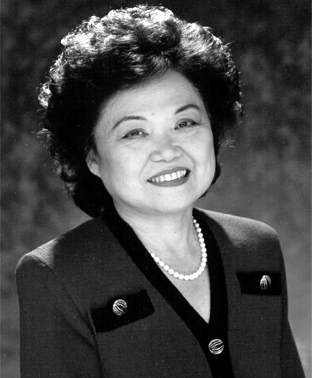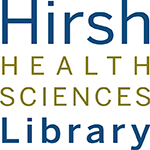This Day in History: FDA Approves 1st Oral Contraceptive and Title IX is Passed
June 23 marks the anniversary of two events of great cultural and political significance to the United States and, in particular, American women.

A Modern Mandala (Nancy L Stockdale) | CC-By-NC-ND 2.0
In 1960, the FDA formally approved Enovid for use as an oral contraceptive, making it the first approved birth control pill in the world. Enovid had been prescribed since 1957 as a treatment for menstrual disorders, but the FDA’s official recognition and approval of its contraceptive properties ushered in a new era of freedom and debate about reproductive rights. You can read more about the development of The Pill in Jonathan Eig’s The Birth of the Pill and about its impact on American society in America and the Pill by Elaine Tyler May; we have both in our collection.

Representative Patsy Mink, a co-author of Title IX. The law was renamed after her in 2002 as the Patsy Takemoto Mink Equal Opportunity in Education Act
Twelve years later, on June 23, 1972, Congress passed Title IX as part of the Education Amendments of 1972. It stated, in part that:
“No person in the United States shall, on the basis of sex, be excluded from participation in, be denied the benefits of, or be subjected to discrimination under any education program or activity receiving federal financial assistance”
By banning sex discrimination in schools, Title IX has helped to expand educational and athletic opportunities to women. For Title IX’s 40th anniversary in 2012, The National Women’s Law Center collected a series of stories to honor the breadth its impact. Perspectives come from those who grew up before Title IX, like Alexa Canady, the first African-American woman neurosurgeon, as well as after, like Shree Bose, a prodigious teenage cancer researcher.
You can find the rest of the stories at “Faces of Title IX”.
Recent Posts
Categories
- 4th Floor Tabling (3)
- affiliation (4)
- Announcements (353)
- Book/Resource Reviews (117)
- Hours (131)
- Interviews (4)
- New Titles & Resources (114)
- News & Events (266)
- Open Workshops (48)
- Outside News & Events (66)
- resources (18)
- throwback thursday (5)
- Tips & Tricks (135)
- Uncategorized (148)
Tags
4th floor affiliation books Boston circulation crafts electronic resource electronic resources events exams extended hours food fun fun lab funlab graduation HHSL Hirsh Health Sciences Library holiday holiday hours holidays hours leisure reading library fun lab library service desk library staff new books open access open access week open workshop Open Workshops reserves resources staff statistics summer survey tea Thanksgiving therapy dogs Tufts Hirsh Health Sciences Library website welcome! writing consultants writing helpFollow us @TuftsHHSL!
Twitter feed is not available at the moment.





